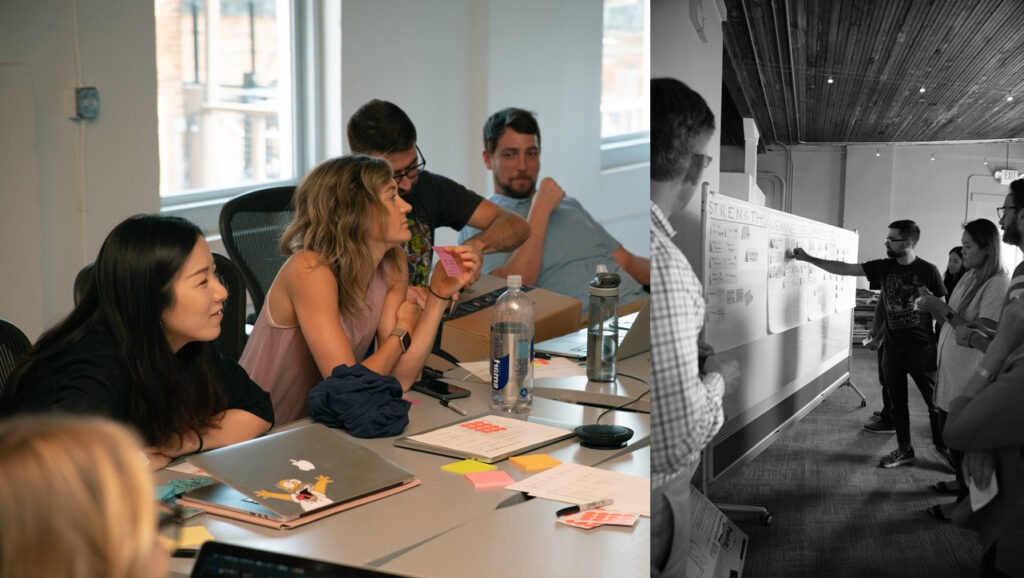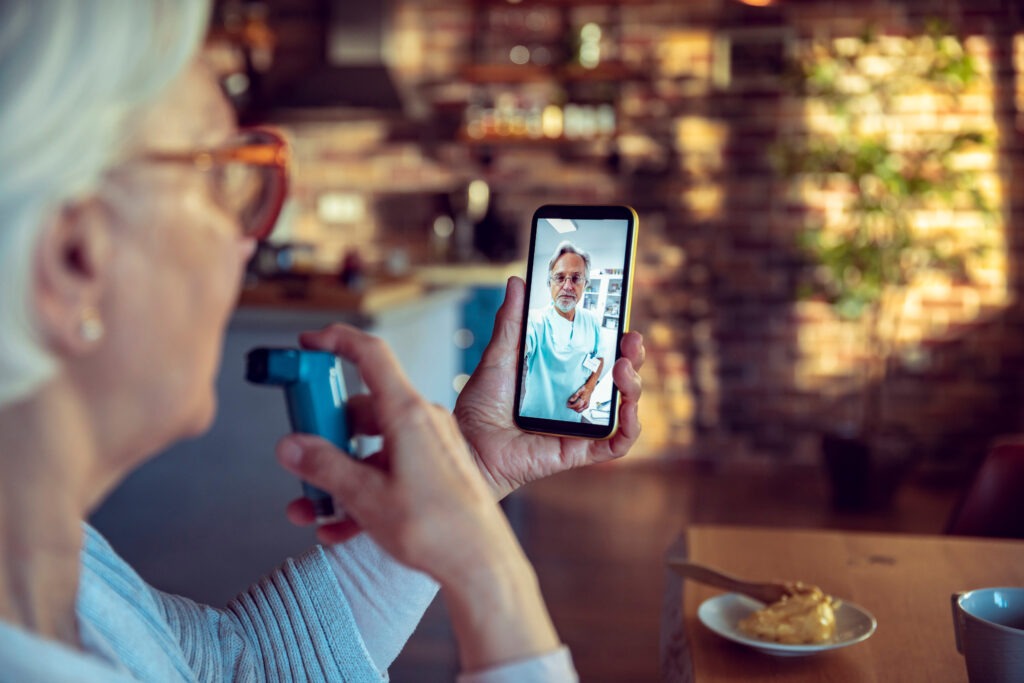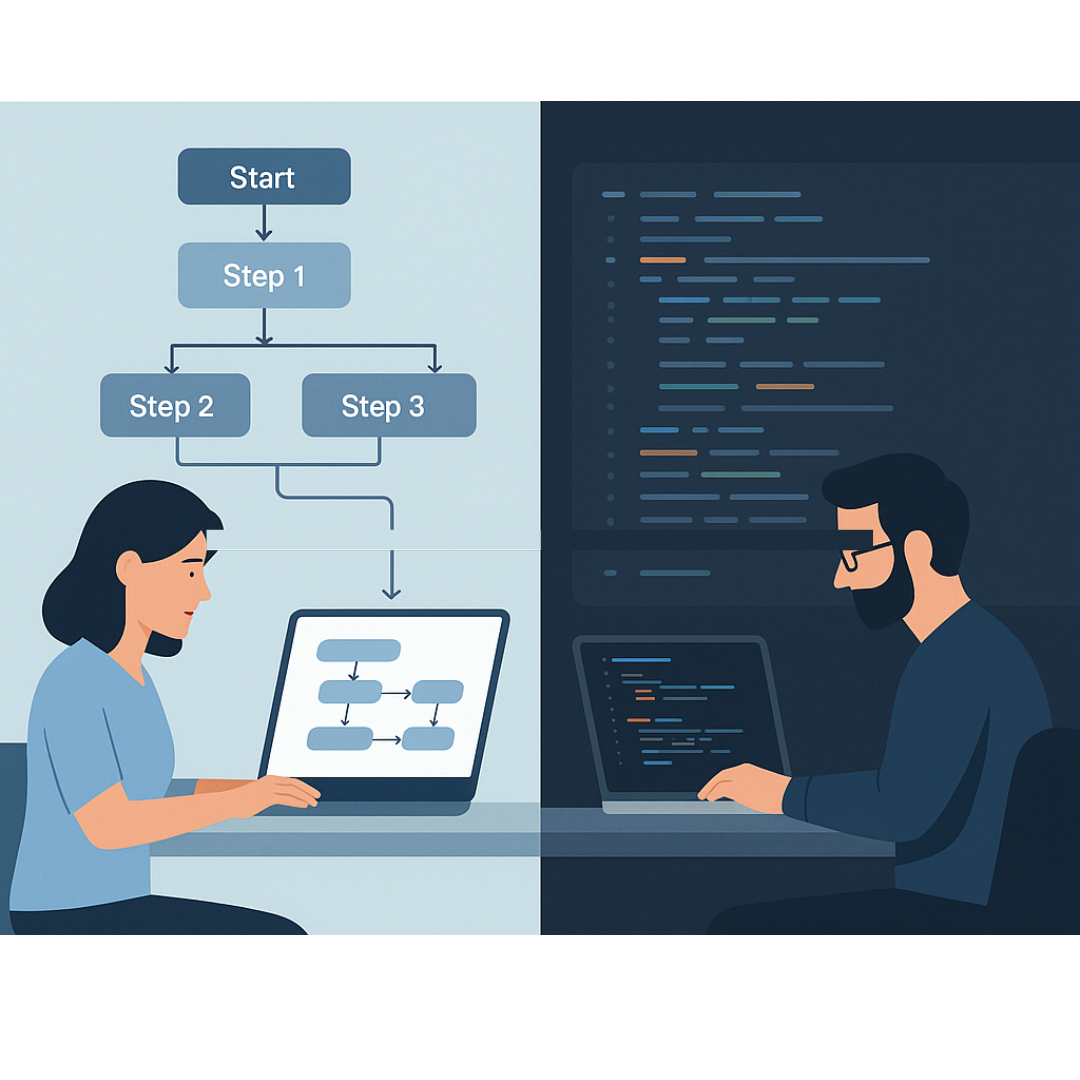Design workshops lay the foundation for the most critical steps in UX design – helping us understand the user, collaborate as a team, find patterns in data, prototype, and sketch ideas. In this article series, we explore four vital attributes of organizing successful remote workshops and share some secrets as to how we have adapted this iconic physical activity for the remote world. In Part 3 of our 4-part series, Remote Workshop Facilitation, we share insights about how to effectively connect with workshop participants before, during, and after a design workshop.
Connection in a design workshop
Participants need to feel emotionally safe to share ideas. Design workshops are most successful when you can push people to think outside their comfort zones. Establish a safe and trusting environment by nurturing connections prior to the workshop.

Pre-workshop communication
Use Slack to your advantage. A few days before the workshop, set up a Slack channel and ask participants to introduce themselves. Start with some simple questions to warm up the team. Get creative. Include questions about their home offices, their weekend activities – and, of course, their pets. Get people to share something about themselves to create a bond.
Workshop introductions
Always begin your first virtual meeting with introductions. If participants have not met, run through introductions first, beginning with each team-member’s role and something fun they can share about their background. Include a few icebreakers to break down barriers. Next move on to the agenda and rules. Keep an eye on your participants. Do any of them look confused or disengaged? Pause frequently and ask if anyone has questions.
During the workshop
Be sure to address your participants by name. Seems obvious, right, but you’d be surprised how often facilitators neglect to do this or don’t study the names prior to the workshop. Addressing someone directly by name is an effective tool for coaxing reserved individuals into a discussion and of course highly impactful when recognizing someone for a great contribution.
Note: Be sure to ask participants if they have a preferred gender pronoun. This can leave a lasting impression and avoid hurtful assumptions.
After the workshop
Sometimes ideas that stem from a workshop are not implemented immediately, which can discourage participants, who may feel that their input wasn’t useful. But often, these contributions may be used in a later stage of product development. To minimize the perception that a good idea was ignored, it’s important to foster post-event connections by sending participants updates or virtual postcards of how the workshop evolved over time. This is validating for the participant and continues to foster trust.
Takeaways
There are no shortcuts to building trust. It‘s a continual activity that requires planning and commitment. Watch closely for opportunities during an event to foster connection. And make the most of technology to engage remote participants.
Are you ready to engage with an experienced UI UX design agency? Let’s talk.
Contributor



